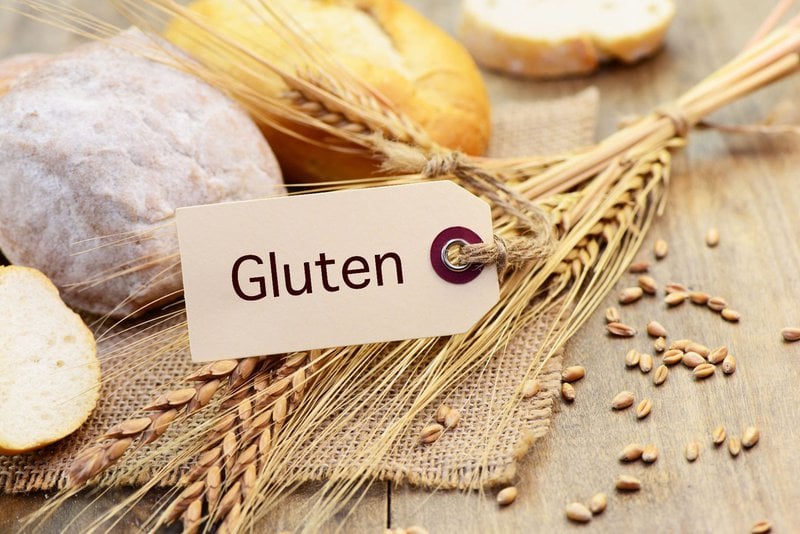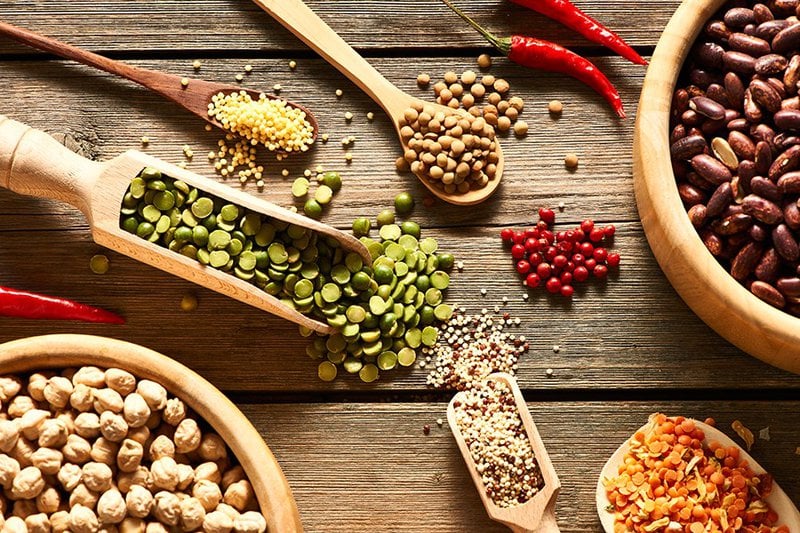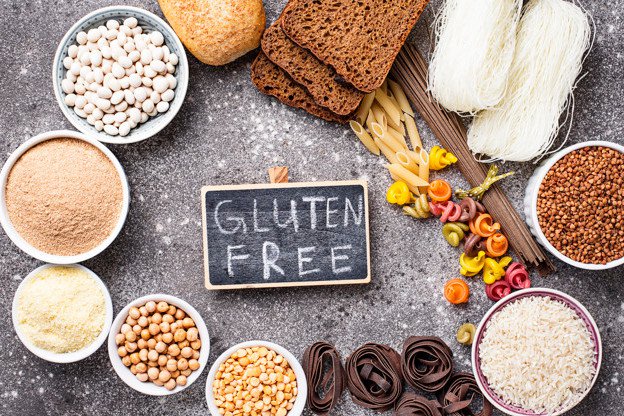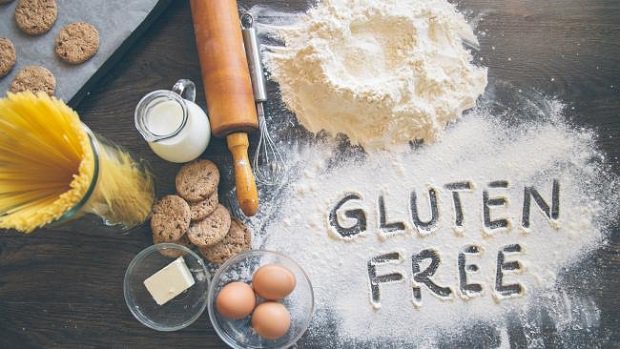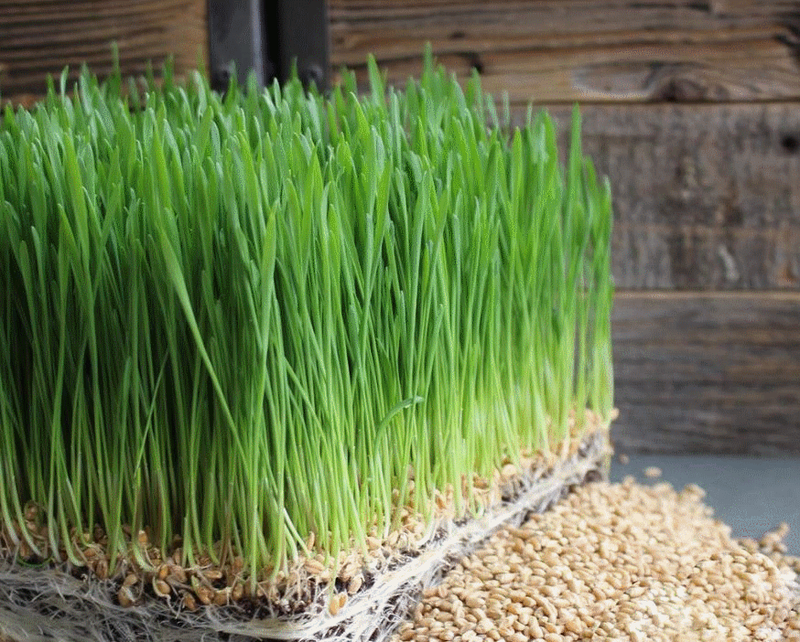The difference between whole grains and refined grains and regular grains
This is an automatically translated article.
Nutrition guides often advise us to choose whole grains over refined grains, but what is the difference between the two?
1. Grains
Grains and whole grains are the seeds of plants grown for food. They come in a variety of shapes and sizes from large popcorn kernels to small quinoa seeds. There are three common types of grains:
Whole grains: These are unrefined grains, which have not had the bran and germ removed by milling. Therefore, all nutrients remain intact. Whole grains are a better source of fiber and other important nutrients, such as selenium, potassium, and magnesium. Whole grains are single foods like brown rice and popcorn, or ingredients in products like buckwheat in pancakes or whole wheat in bread. Refined Grains: In contrast to whole grains, refined grains are grains that have been milled, i.e., have undergone a process that has removed both the bran and germ to give them a smoother texture and longer shelf life. longer shelf life. The refining process also removes many nutrients, including fiber. Refined grains include white flour, white rice, white bread, and deep-fried cornflowers. Many breads, cereals, crackers, desserts and cakes are also made with refined grains. These processed foods won't keep your blood sugar steady, which is why you'll quickly get hungry again after eating.
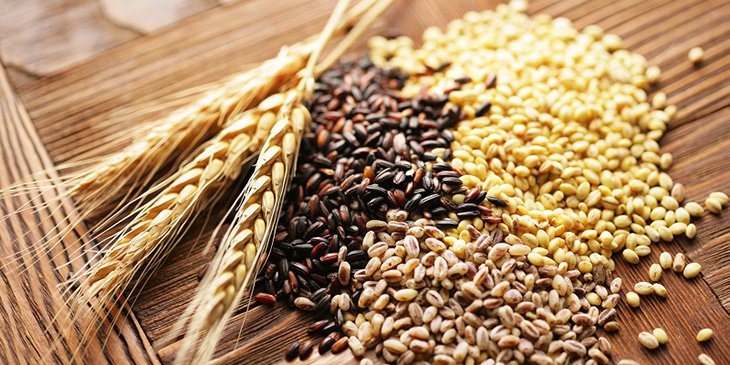
Ngũ cốc nguyên hạt có hàm lượng chất xơ cao
Fortified grains: Fortification means that some or more nutrients lost during processing are added back later. Most refined grains are fortified, meaning nutrients not found naturally in foods have been added along with other vitamins and minerals like folic acid and iron.
2. Parts of cereal grains
Grains include wheat, corn, rice, barley, millet, rye and oats. The grain of a cereal plant, also known as the kernel, consists of three parts:
Bran: The fibrous sheath that covers the entire kernel. Endosperm: The starchy part of the grain just below the bran layer. Sprout: The part of a seed that can develop into another cereal plant. The endosperm is the largest part of the nucleus and the germ is the smallest part. All parts of the seed contain nutrients. The germ is the only part that contains healthy fats. The bran contains most of the fiber of the grain.
3. The difference between whole grains and refined grains

Ngũ cốc tinh chế có hàm lượng chất dinh dưỡng thấp hơn ngũ cốc nguyên hạt
There are several differences between whole grain flour and refined wheat flour such as:
Whole grains contain all three parts of the kernel, the bran, the endosperm and the germ. Whole grains have a slightly denser texture and they are higher in nutrients, including fiber and B vitamins. But they have a shorter shelf life. Refined grains contain only the endosperm because the refining process has removed the germ and bran. They have a smoother texture and are lower in nutrients and lack fiber and B vitamins, although some vitamins and minerals are added through the enrichment process. Refined grains have a longer shelf life than whole grains.
4. How to Enjoy More Whole Grains in Your Diet
Try these tips to add more whole grains to your diet:
Enjoy your breakfast with whole grains such as bran, crumbled wheat or oatmeal. Replace whole-wheat toast or bagels with whole-grain for regular. Substitute low-fat bran muffins for pastries. Make bread using whole grain breads or rolls. Swap the white bread for a whole-wheat version.
Enjoy your breakfast with whole grains such as bran, crumbled wheat or oatmeal. Replace whole-wheat toast or bagels with whole-grain for regular. Substitute low-fat bran muffins for pastries. Make bread using whole grain breads or rolls. Swap the white bread for a whole-wheat version.
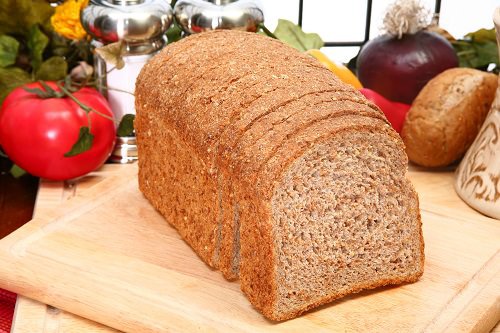
Bánh mì ngũ cốc chứa nhiều chất xơ và sắt tốt
Replace white rice with kasha, brown rice or bulgur. Add barley to soups, stews, casseroles and salads. Add whole grains like cooked brown rice or whole grain bread crumbs to ground meat or poultry. Use rolled oats or crushed bran cereal in recipes instead of dry bread crumbs. Eating a variety of whole grains not only ensures you're getting a variety of health-promoting nutrients, but also makes your meals and snacks more enjoyable.
Distinguishing whole grains from refined grains in a particular product is not easy, especially bread. For example, a brownie does not have to be whole wheat and the color may be due to the addition of food coloring. If you're not sure something has whole grains, check the product label or read the nutrition facts panel. Look for the word "whole grain" on the package and make sure whole grain appears first among the product's ingredient list items
In short, whole grains contain most of the whole grain as grown by cereal crops, and refined grains are grains that have been processed to remove some of the outer shell or inner kernel of the grain. Whole grains in whole grains contain fiber along with healthy nutrients, which is why health experts recommend that people include whole grains in their diet. eat your own.
Please dial HOTLINE for more information or register for an appointment HERE. Download MyVinmec app to make appointments faster and to manage your bookings easily.
Reference sources: diet.mayoclinic.org, verywellfit.com
This article is written for readers from Sài Gòn, Hà Nội, Hồ Chí Minh, Phú Quốc, Nha Trang, Hạ Long, Hải Phòng, Đà Nẵng.

